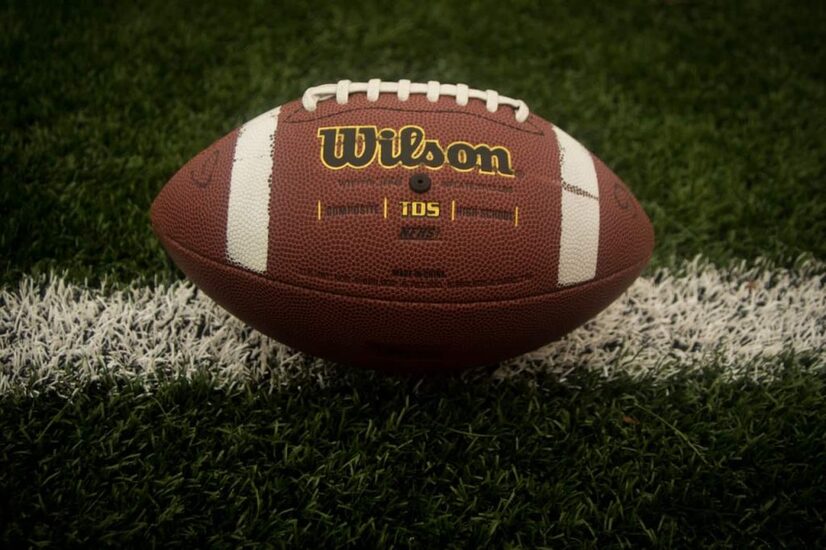How A Football is Made
The process is surprisingly complex, since this piece of sports equipment needs to be durable enough to withstand games and has to be designed to ensure each ball offers the same experience of play, ensuring no team gets an advantage.
Today’s manufacturing process is very different than the traditional way to make a football. This game actually has a long history dating back to ancient Roman times, when a game known as Harpaston involved kicking and passing a bladder or ball to the other team’s goal line. By the 1800s, rugby and soccer rules were both used to codify and create firm rules for the game.
During the earliest days of the game, an inflated pig’s bladder was used as the ball in many cases, which is why footballs are sometimes called “pigskin.” Sometimes, the bladder of the pig or other animal was stuffed with materials to help it hold its shape. The inflated balls were inexpensive since animal bladders were easily available from butcher shops, but these early footballs were also different sizes and didn’t always work well on the field.
Today, footballs are inflated rubber balls that are prolate spheroid shaped. They’re covered in cowhide or pebbled leather. The unique shape of the ball allows for unpredictable bounces and makes it harder to catch, adding more challenge to the game. The pebbled leather and stitching enable players to better grip the ball.
The modern process of making a football starts with a cut of cowhide known as a bend, or the strongest hide part. The leather is specially tanned to make it more durable, and it’s cut into four panels using a die-cut process. Each panel is formed into the right weight and thickness by being passed through a skiving machine. A fabric lining made of three layers is then sewn to every panel to prevent them from changing shape or size during play.
Then, facing is applied where holes will be punched. After holes are punched for the lacing and inflating needle, the four panels are then sewn together. A special hot-wax lock stitch machine is used to make the stitching last. At this stage, the manufacturer turns the ball right side out, and a rubber bladder is placed inside. Lacing is added, and the ball is inflated before going through a quality check to make sure it meets size, weight and air pressure requirements.
Materials Used in Making a Football
The materials for making footballs include rubber bladders, stitching, cowhide and special stitches. The rubber bladder is especially important since its integrity ensures the air can remain in the football and ensure proper play.
W.N. SHAW & CO. creates custom molding release agents for many industries, including sports. Our molding release agents are used for rubber bladders in footballs, allowing manufacturers to develop rubber bladders which endure even the toughest games. Our custom-formulated, water-based mold release agents are made using the latest manufacturing technology to bring value and cost-effectiveness to your operations. Contact us to discuss your needs.

